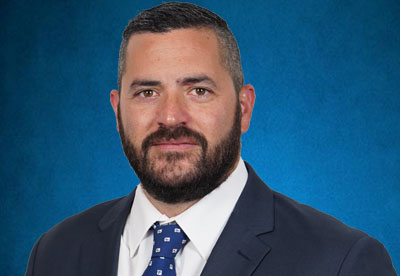Rockaway Remediation
Location:
Rockaway, NY
Client:
National Grid
Contract Value:
Project Dates:
2008 to 2011
- Remediation
- Steel Sheet Piling
- Low Vibration Applications
- Transportation and Disposal of Contaminated Soils
- In-situ Soil Mixing
- Thermal Disorbtion and Recycling of Petroleum Contaminated Soils
PROJECT OVERVIEW
The project consisted of the excavation, trucking and disposal of roughly 88,000 CY of contaminated soil at a former MGP (manufactured gas plant) site in Rockaway Park, New York. The depth of excavation varied from 8 ft below grade to 2 ft below grade. All of the 8 ft excavations were conducted within a 120 ft x 200 ft enclosure, which was relocated at completion of the excavation beneath the footprint of the tent. Temporary sheeting was installed to support the excavation. DNAPL barriers, which were specially designed sheet piles with oversized interlocks, were installed at the northern perimeter of the job site to a final depth of 50 to 120 ft below grade. The interlocks were then flushed and grouted to provide an impermeable barrier that should contain the deeper contaminants on site. Once the excavation was completed, a site wide cap of sand and gravel was placed over the 9.7 acre site.
WHAT MADE THIS JOB COMPLEX
Posillico designed and implemented the use of temporary sheet piles as excavation support that would be installed around the perimeter of the tent. The use of sheet piles for excavation protection, as opposed to benching, as called for in the design drawings, reduced the number of tent moves from upwards of 24 to 14. Posillico designed and installed a steel base frame for the tent to sit on. This eliminated the need to use a crane to move the tent, and it can be relocated instead of using a combination of pay loaders and backhoes. Therefore, the constant high winds were non longer an issue at the site, which allowed more flexibility for scheduling the tent relocation.
HOW POSILLICO SOLVED IT
Posillico was able to work with the client to resolve issues relating to the max GW for trucks leaving the site, community resistance to the project, and short comings in the original design so that the project stayed on track for its accelerated completion.

